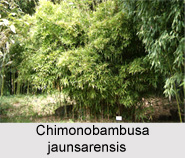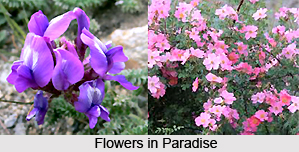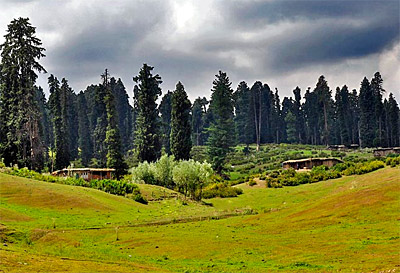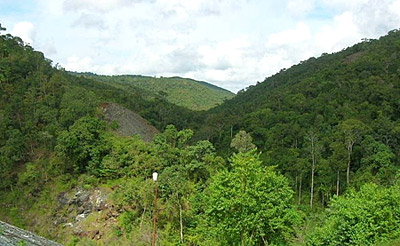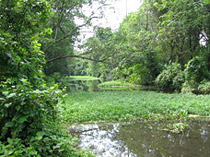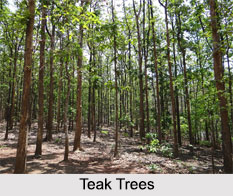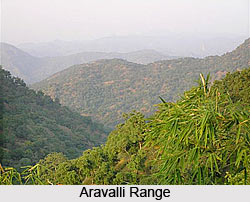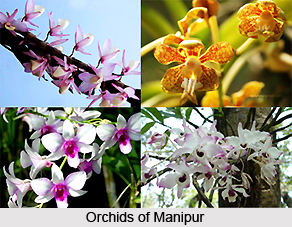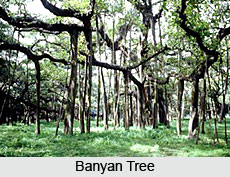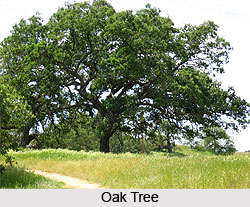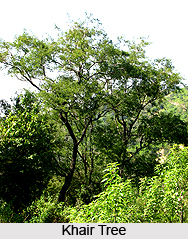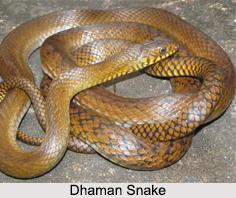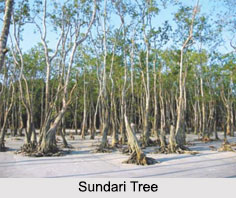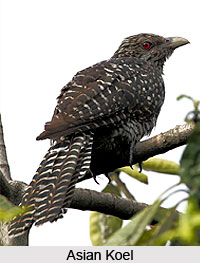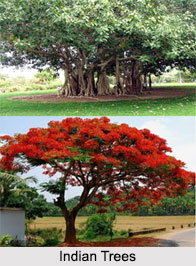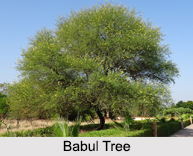 Asvakarnah is distributed evenly in the tropical semi-evergreen and moist deciduous forests of the Western Ghats from Maharashtra to Kerala and western Tamilnadu. This medicinal plant grows up to 1200 meter elevation and in interior districts of Karnataka. Asvakarnah is raised in the deciduous forests of Kerala to an elevation of 600 m. This Indian medicinal plant requires well-drained soils and is most frequently found in valleys and on lower hill slopes.
Asvakarnah is distributed evenly in the tropical semi-evergreen and moist deciduous forests of the Western Ghats from Maharashtra to Kerala and western Tamilnadu. This medicinal plant grows up to 1200 meter elevation and in interior districts of Karnataka. Asvakarnah is raised in the deciduous forests of Kerala to an elevation of 600 m. This Indian medicinal plant requires well-drained soils and is most frequently found in valleys and on lower hill slopes.
The botanical name of Asvakarnah is Terminalia paniculata. It is common in all parts of the Indian peninsula and bears different native names for instance, in English it is called flowering murdah; in Kannada: honagalu, honalu, hulive, maruva, mathi and ulvi; in Konkani: quinzol; in Malay alam: marutu, pemarutu, pillamurda, pulla-marutu, pumarutu, vellamarudu and vem-marutu: in Marathi: kindal, kinjal and kirijul: in Tamil: marudu, pekadukkai, pekarakai, pumarudu. veda-marudu and venmaruthu; in Telegu: nallaputaga, neemeeri, pulamaddi, puligi and putanalla-mariu.
Asvakarnah is a large deciduous tree with rough, dark brown bark. This Indian medicinal plant has young parts which are rusty-tomentose. Leaves grow in the sub-opposite direction or upper ones are found to alternate. Each leaf of this Indian medicinal plant is 10 to 24 centimeter long and 4 to 8 centimeter wide. They come in elliptic-oblong shape. The apex is acute or acuminate with pale brown and finely reticulate veined beneath. These leaves are usually available with sessile glands near the base of the midrib. The base is cordate or rounded and often unequal. There are 10 to 15 pairs of main nerves which run parallel. Petioles are within 12 to15 millimeter long and pubescent. Bracts are pubescent as well as acuminate.
The Indian medicinal plant, Asvakarnah yields white flowers, borne on branched spikes. The calyx is reddish-brown in colour and come as cup-shaped. All flowers are clothed with long brown hairs inside. The fruit of this Indian medicinal plant is 6 to 12 millimeter long. These fruits are sessile with rusty-tomentose. The fruits bear is unequal 3-winged, with middle wing broader about 18 to 25 millimeter than laterals c. 3 millimeter.
Asvakarnah contains huge medicinal properties and it is used for curing common ailments. The bark of the plant is credited with diuretic and car-diotonic properties. The juice of the bark is also essential as it is applied with clarified butter (ghee) and rock-salt in the treatment of parotitis. The juice of the fresh flowers is used when rubbed with the root of Cocculus hirsutus (Menisper-maceae). This combination is reportedly used as a remedy for cholera and an antidote for opium poisoning. All parts of the herb Asvakarnah consists of medicinal properties. Both the bark and fruit contain tannins, which are used for dyeing and tanning. Apart from being an Indian medicinal plant, Asvakarnah is also valued for its timber in the country.
